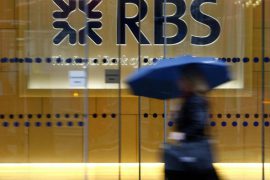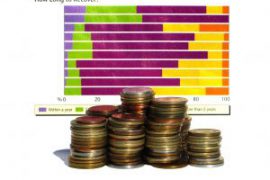Government has revealed yet another plan to try to ignite the economy and have committed to providing £1 billion to be used by lenders to help them lower the cost of lending to both households and firms. It is hoped that making this money, taxpayer backed funds, will trigger a growth in the economy.
This new lending scheme has been anticipated by banks and building societies in the UK because it will enable them to trade off debt or Treasury bills that are similar to cash. There will be a small fee involved but in all, this should help to lower their costs and in turn, the borrower’s cost as well.
When looking at this from a financial perspective, if a homebuyer has a deposit of 25% and is looking for a two year fixed rate mortgage, the savings would be at a rate of about almost 1%. At the moment, rates for this type of mortgage are averaged at 3.68% but with the lending scheme, those rates would probably be lowered to about 2.7%. Homebuyers with a 10% deposit should find a 1% reduction in mortgage rates down from 6% where they currently are to 5%.
The aim of government, according to the Chancellor, is to make loans and mortgages more affordable. Also, this should make them more available as lenders would be able to trade those troublesome loans for Treasury bills. Lenders will be rated quarterly and the results will be published. Information to be published will include how much volume each bank is doing and specific details of their lending schemes.
According to this new lending scheme, banks should be incentivised to increase their lending. The bottom line is that the more a bank lends, the lower their fees/rates will be. These rates will be guaranteed for up to four years and the scheme will commence on 1 August.





